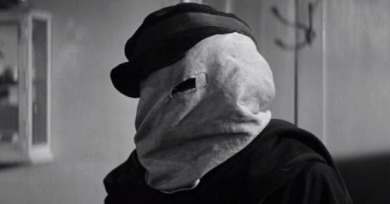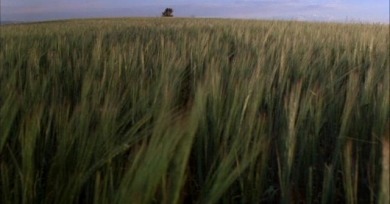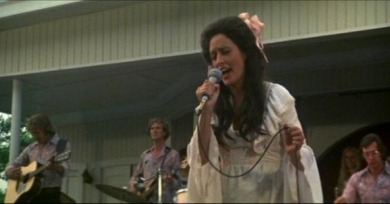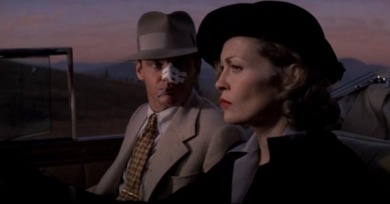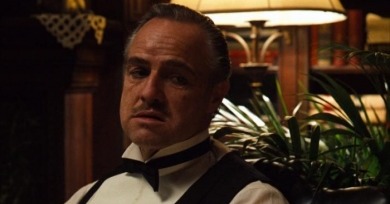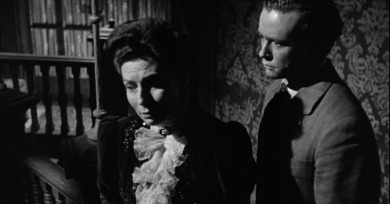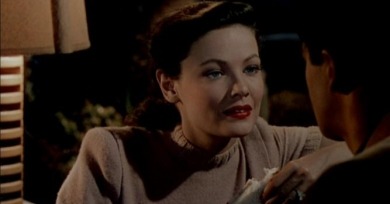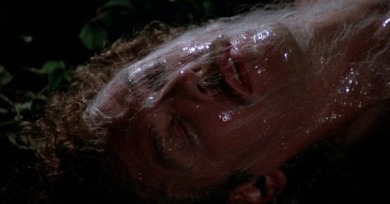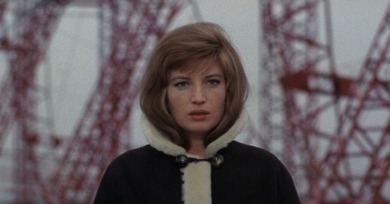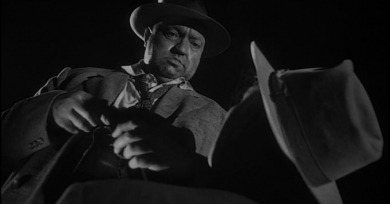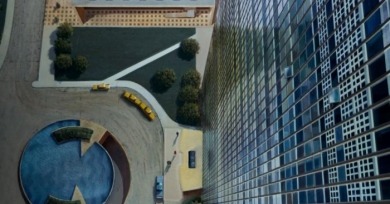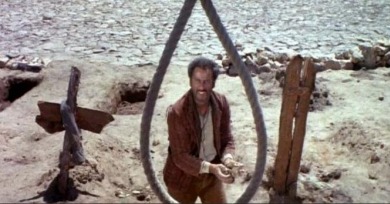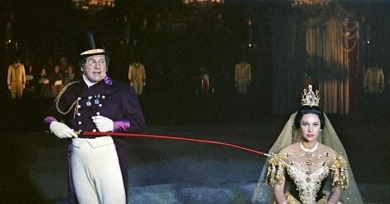See It Big
Articles written on films showing in the Museum of the Moving Image's SEE IT BIG series, co-programmed by Reverse Shot editors Michael Koresky and Jeff Reichert
No less than Merrick’s body and soul, his city is an entity at odds with itself. Graceful drawing rooms and soot-covered cobblestone streets, sparkling theaters and dank sweatshops: London may be on the cusp of the new century, but to Lynch this is still the land of Jekyll and Hyde.
As much as I love watching Days of Heaven, I dread having to write about it. The experience of seeing Terrence Malick’s masterpiece invariably leaves me awestruck and overwhelmed, and gushing is not criticism
Nashville is monumental entertainment: it opens with a new anthem for the Bicentennial (“200 Years”) and closes with an image of the American flag draped over a scaled replica of the Parthenon. In around three hours, over two-dozen characters converge in Altman’s panorama of the titular city.
Corruption runs so deep in Chinatown that the elements themselves become a means to ill-gotten wealth, and untouched spaces are voids waiting to be filled by brutal, invisible forces.
What is it about Coppola’s pair of iconic films from 1972 and 1974 that have made them such widely agreed-upon selections for canonization, besides their enormous financial success?
Film history needed a Magnificent Ambersons. There had to be that one “lost” great film for which we could collectively weep, but whose brilliance remains undulled.
Despite Martin Scorsese propping it up with undying tenacity, John M. Stahl’s oft-touted 1945 "Technicolor noir," Leave Her to Heaven, still seems to languish on the peripheries of film history.
In its deft blending of tones and embedded cinephilic references, it maybe more closely resembles the supple, scary-funny early efforts of Steven Spielberg or Brian De Palma . . .
Antonioni’s film was lodged in my memory as an environmental dirge: billows of steam and smoke, ravaged landscapes, people dwarfed by machinery, a woman going mad amid the devastation. But a recent viewing brought back its essential ambiguousness.
Touch of Evil contains a single-take tracking shot of such elegance and skill that it may one day come to be seen as the ultimate expression of Orson Welles’s filmmaking prowess. See if you can spot it—it appears 34 minutes into the film.
From the modernist glimmer of New York’s skyscrapers to the gray colorlessness of the crop-dusting sequence to the deep reflective properties of that suit (insert obligatory Mad Men reference), North by Northwest is Hitchcock’s fullest exploration of the silverness of the silver screen.
The very title of Leone’s 1966 picture—the final panel of the Man With No Name trilogy that made Clint Eastwood an international star—subverts the usually Manichean moral conventions of the Western.
Barry Lyndon, an 18th-century picaresque adapted from a 19th-century novel by William Thackeray, certainly does have a painterly quality to it. It is static and studied, to the point that it often feels as though it were less made of moving images than a series of tableaux frozen in time.
Ophuls’s is a cinema of elegant, precise camera movement, where tracking shots reveal and negotiate complex chronologies and social hierarchies, particularly as they relate to questions of gender and femininity.
